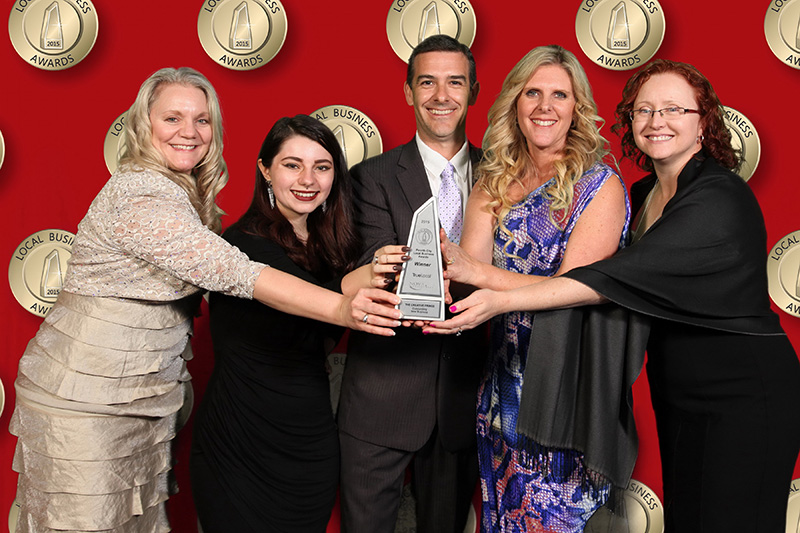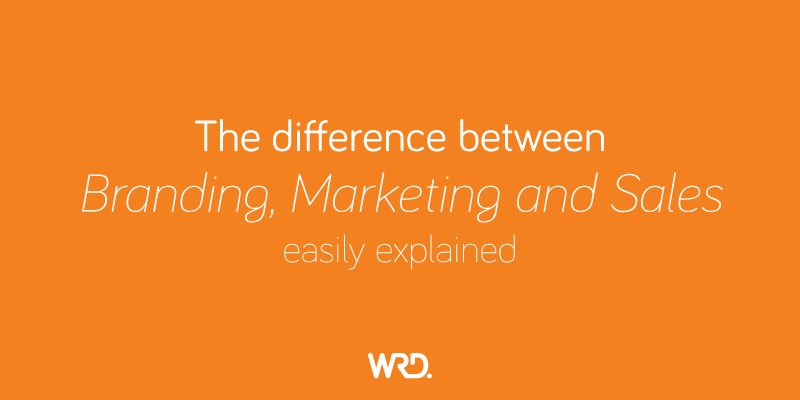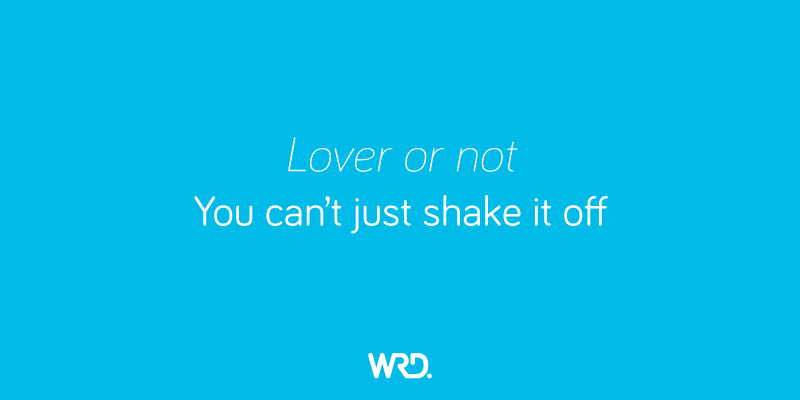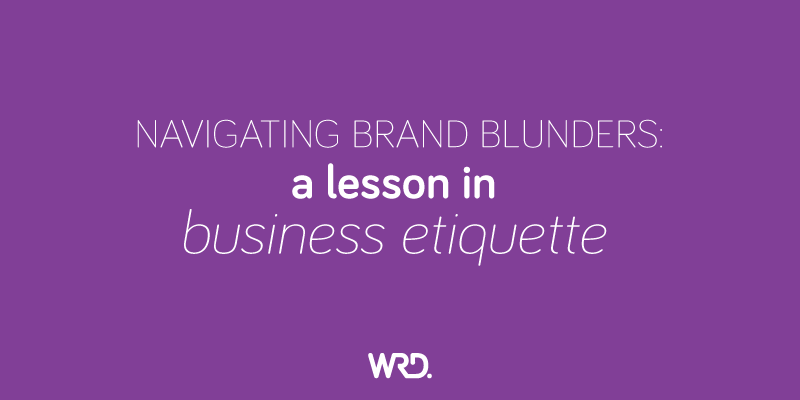What brands come to mind if I say:
- fast food
- safe car
- soda drink
- search engine
If you had answered, McDonalds, Volvo, Coke and Google, then you’re not alone.
These brands completely own their space. However, it has taken decades (in some cases over a century), millions of dollars and one almighty plan to get there!
Owning your space or becoming an industry leader may sound like a pretty scary thing, and to most of us, it seems impossible – especially if you are planning to compete with the likes of CocaCola or Nike. The reality is that unless you have a completely unique product or service, a huge budget, a watertight strategy and an incredible following and a will of steel, you’re unlikely to build a brand as big as these giants. So why am I then bothering to write this blog? Because there is another way to ‘own your area’.
Owning your area does not mean that you have to be a global sensation.
By understanding and setting specific goals, you can position yourself as the Coca-cola of your industry or area!

4 Different areas in which you can be a leader in your industry.
Geographic
For most businesses, the easiest way to become a leader in their area is to focus on their geographic space. You could be an industry leader in your town, city, state or country. It may extend beyond your borders, but the bigger the area the bigger the competition.
The local handyman can set himself off as the ‘go-to guy’ for any home maintenance in his local town, taking the lions piece of the pie, however, mention his name in the nearby city, he will be unknown. This is of no concern to him as he has no desire to travel to work in the city, and is quite comfortable being a big fish in a small pond.
We have a local company that designs, creates and sells chocolate bouquets. They are incredibly well known in our area and have a fun sign written car that you constantly see zooming around the streets delivery bouquets. They are by no means the biggest or most well-known chocolate bouquet brand in the country or even the state, however, they are the most well known in our area which means that when it comes time for a fun, chocolatey gift, they are the first ones that we think of.
Define the geographical area that you want to be perceived as a leader in, and focus on building the best brand and reputation you possibly can. This will ensure that when it comes time to purchase, your local customers not only think of you but will refer you to their friends.
Audience
Being very clear on who your target market is can help you position yourself as a leader in that industry. Magazines are good examples of this. Most magazines are very targeted to their particular audience. You have magazines just for women’s health, fashion or home decorating, you have men’s magazines for fishing, camping and golfing and then you have others that are catered towards teenage girls etc.
By being very specific on who they are targeting, these magazines will be seen as the go-to brands for their target audience. Do you think that Elle Magazine is concerned that men don’t think of them when it comes time to purchase a magazine? Not at all. They only want to be kept the front of mind for their particular target audience.
Industry
Owning your space for your industry becomes a lot harder, especially if you offer a service or product that many other companies offer. To become a true industry leader you need to always be one step ahead of your competitors. You need to be outspoken and do things differently. Stand up for what you believe in, be vocal and make yourself heard. Constantly improve your products, positioning and always, always be innovative!
Joining industry associations, get onto their boards, write for magazines, run workshops or build a profile through your CEO or other staff. Enter industry awards – these can play a huge role in positioning you above your competitors.
Richard Branson has done this extremely well with Virgin. He has become the hero behind the brand making Virgin a leader in their industry amongst a very competitive market, however, the brand stands on its own without Sir Richard.
Product
Some brands have built up such a strong reputation that they ‘own’ the product area that they are in. What I mean is that people use their brand name when referring to a particular type of product. For example, people often refer to cling wrap as Glad Wrap, adhesive bandages as Band-Aids or tissues as Kleenex.
This is not something that happens quickly or easily, and it means that constant focus on your main message needs to occur on a regular and consistent basis. If you deviate or change direction you can cause brand confusion which is often hard to recover from.
Not everyone can get to the point where their brand name is used as the product name. However, they can own their space for their niche product or service. A great example is Lego. I think that we can all agree that the toy market is a pretty competitive and saturated one! However, Lego is one of those products that goes from strength to strength, engages people of all ages and has played a part in most people’s childhood. This unisex toy sparks the imagination and encourages creativity and will forever be famous for it’s little plastic bricks and still remains one of those go-to gifts for children.
Written by branding specialist Debbie O’Connor
Consultant, Strategist, Keynote Speaker



